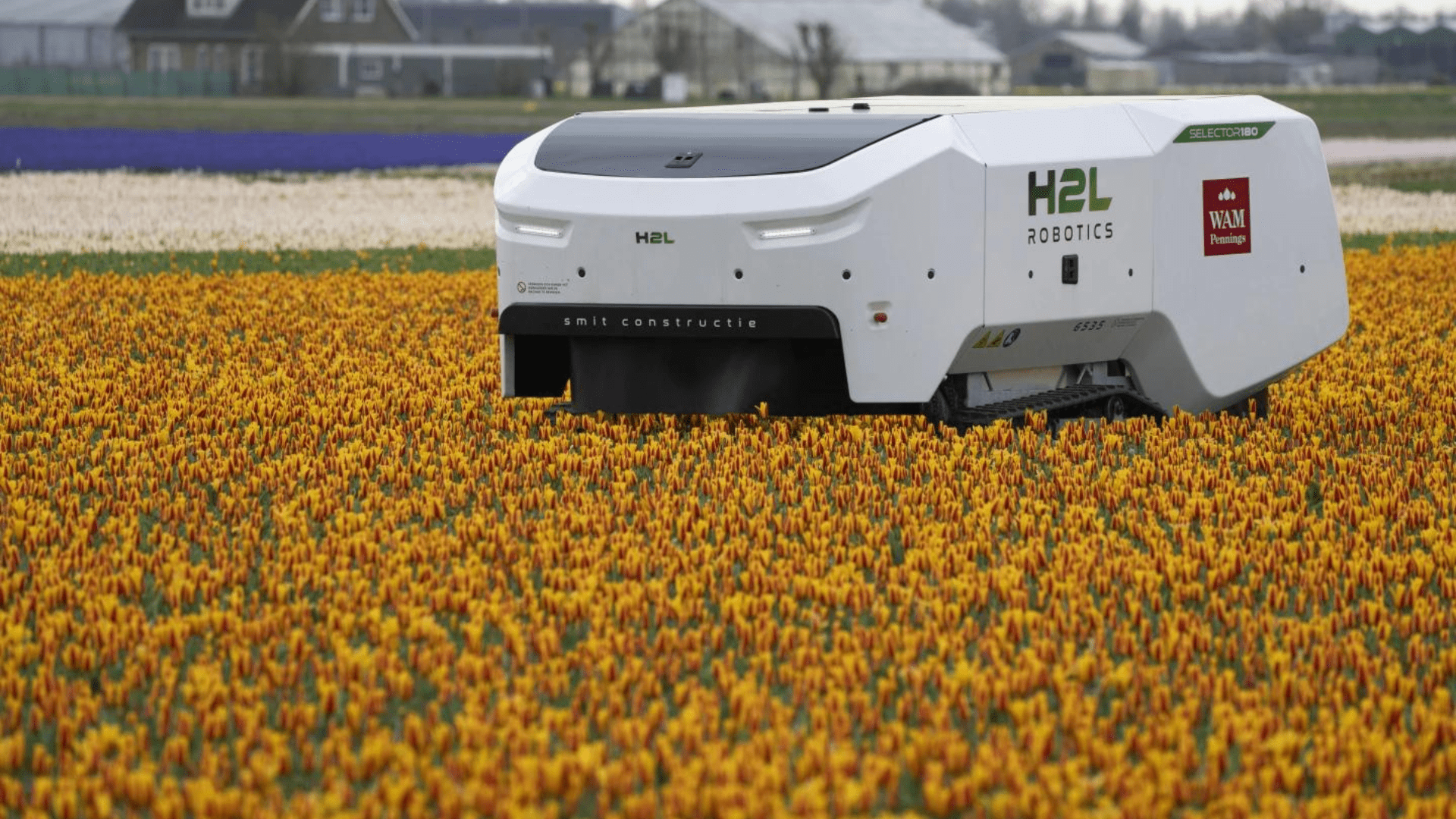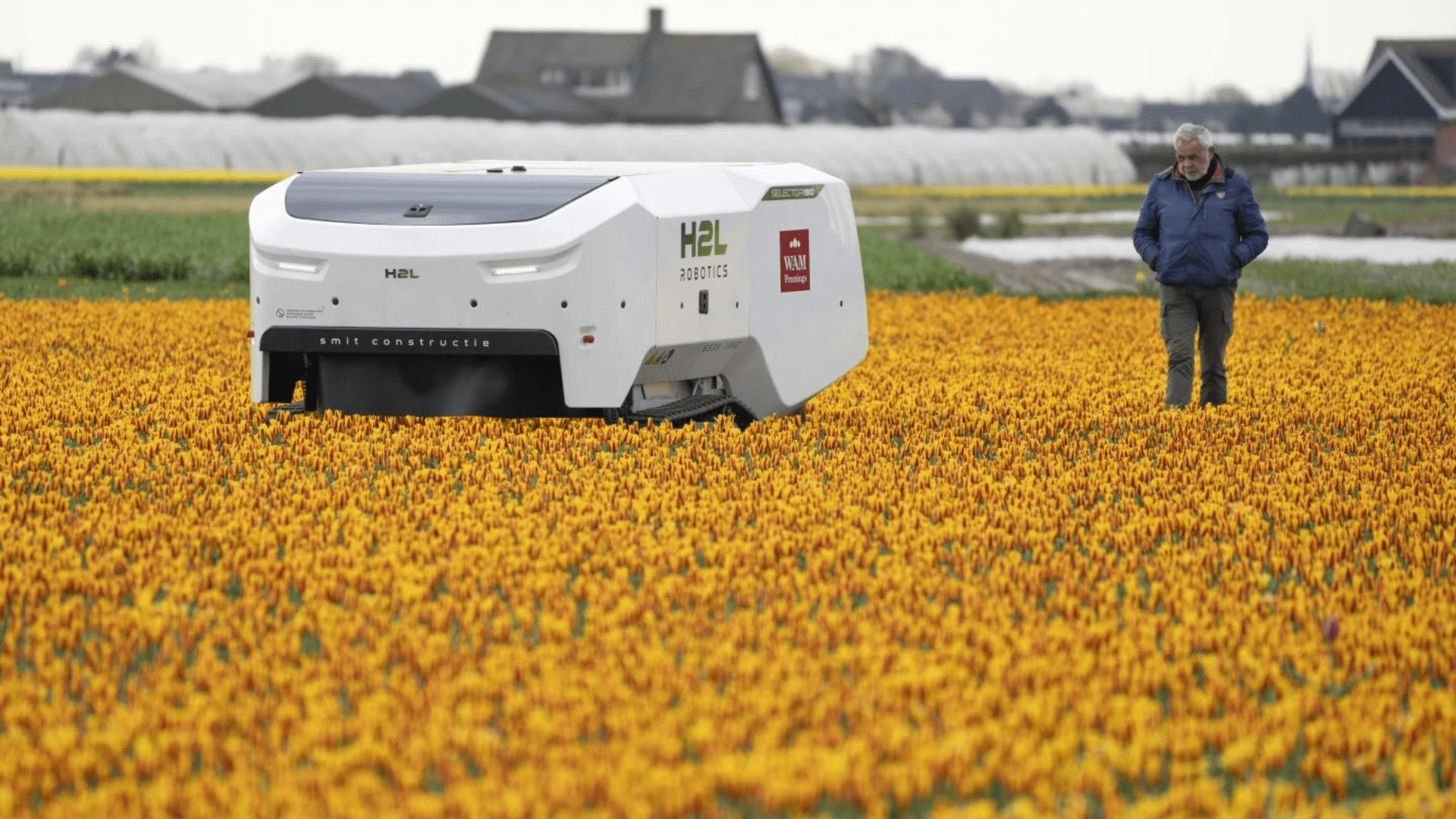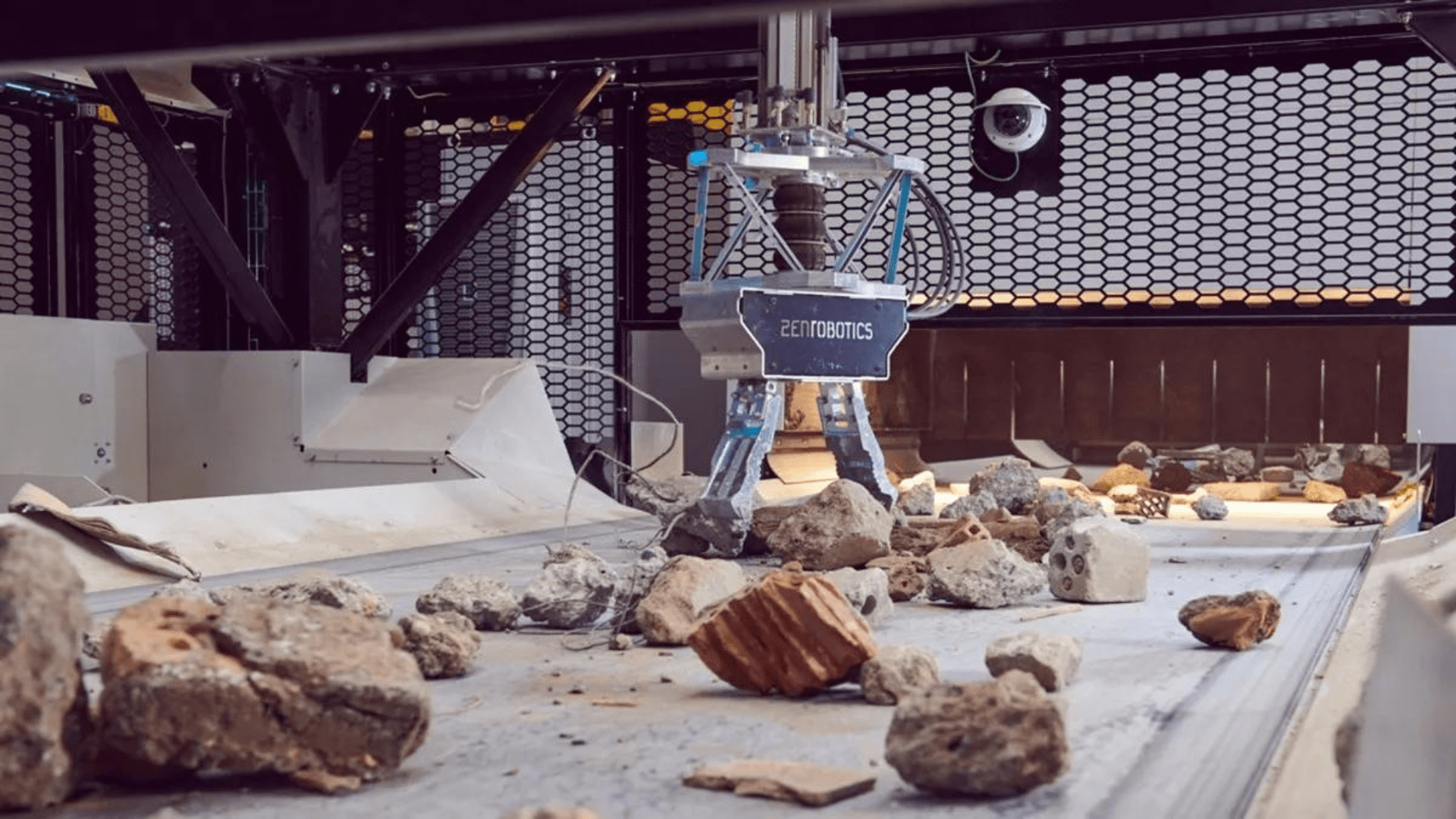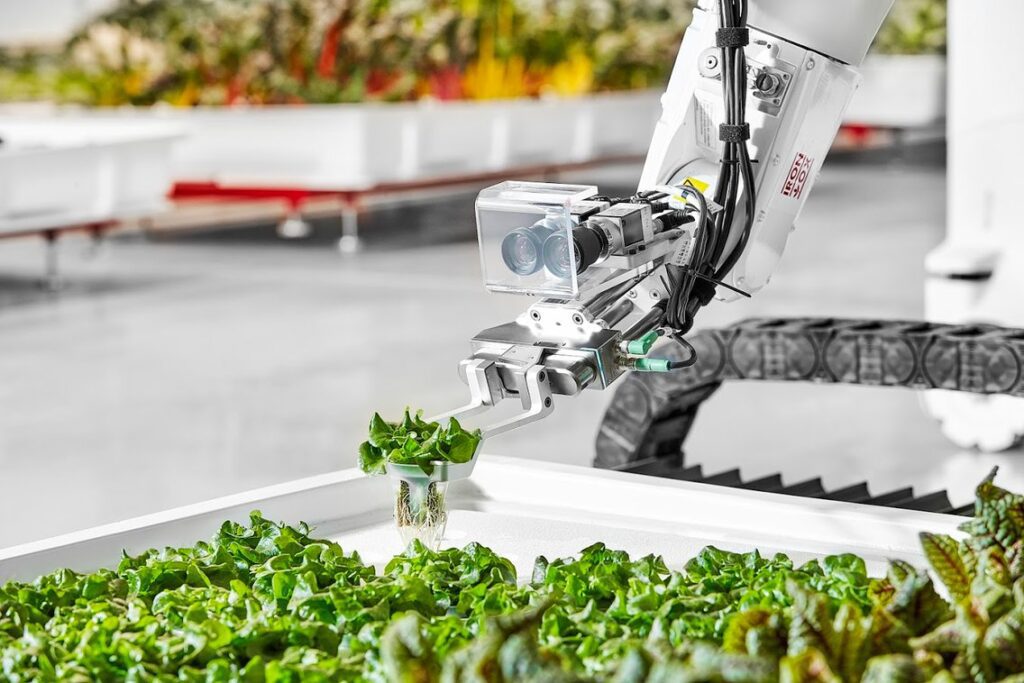This farm hand in the Netherlands can go morning, afternoon, and night without breaking a sweat in the tulip fields. Theo is a different kind of worker who spots diseased tulips and prevents the spreading of a killer disease. It’s backbreaking work that no longer requires a human eye to spot the sick flowers. Meet the AI robot that makes sure the flower-killing virus does not impact the massive tulip bloom.
Theo

The large, boxy robot is named after a retired employee at WAM Pennings farm near the Dutch North Sea coast. Theo is a high-tech machine that ensures there is no tulip bloom threat. It roots through the flowers and eliminates any threat of diseases before the tulips bloom from the ground with an explosion of Spring color.
The AI-powered robot glides through a field of hundreds of yellow and red “goudstuk” tulips. Theo checks each plant and kills diseased bulbs to help stop the spread of a tulip-breaking virus. The robot removes the infected bulbs from the healthy ones in a warehouse after they are harvested.
The virus, which stunts the growth and development of plants, leads to smaller and weaker flowers. It also weakens the bulb itself, eventually leaving it unable to flower.
Tackling the Virus
Across the Netherlands, there are 45 robots patrolling tulip fields in preparation for the springtime bloom that attracts tourists from around the world. However, human “sickness spotters” used to do this work. Allan Visser is a third-generation tulip farmer using the robot for the second growing season. For the price of the robot, Visser said, “You could also buy a very nice sports car.” The makers of the robot say it costs 185,000 euros, or $200,000.
Although the robot is slower than a sports car, it has the upper hand on the flashy vehicle. Its capability of spotting sick flowers makes it an easy choice for Visser. He said, “Yeah, it is expensive, but there are less and less people who can really see the sick tulips.”
Explore Tomorrow's World from your inbox
Get the latest innovations shaping tomorrow’s world delivered to your inbox!
I understand that by providing my email address, I agree to receive emails from Tomorrow's World Today. I understand that I may opt out of receiving such communications at any time.
How it Works

The AI robot rolls on caterpillar tracks throughout the tulip field at a smooth one-kilometer (0.6 miles) per hour. It hunts for the telling red stripes that form on the leaves of infected flowers. That’s when the artificial intelligence helps out. Visser said, “It has cameras in the front, and it makes thousands of pictures of the tulips. Then it will determine if the tulip is sick or not by its AI model.”
According to Erik de Jong of H2L Robotics, the company that created the robot, it uses artificial intelligence to identify sick flowers. Then, it uses precise GPS coordinates to pinpoint the flowers that need to be destroyed. De Jong says it combines human and artificial intelligence. He said, “So we use the knowledge of the tulip farmers, we combine it into an AI model.”
The robot is named after Theo van der Voort who spent 52 years spotting sick flowers at WAM Pennings farm. “It’s fantastic,” he said. “It sees just as much as I see.”





